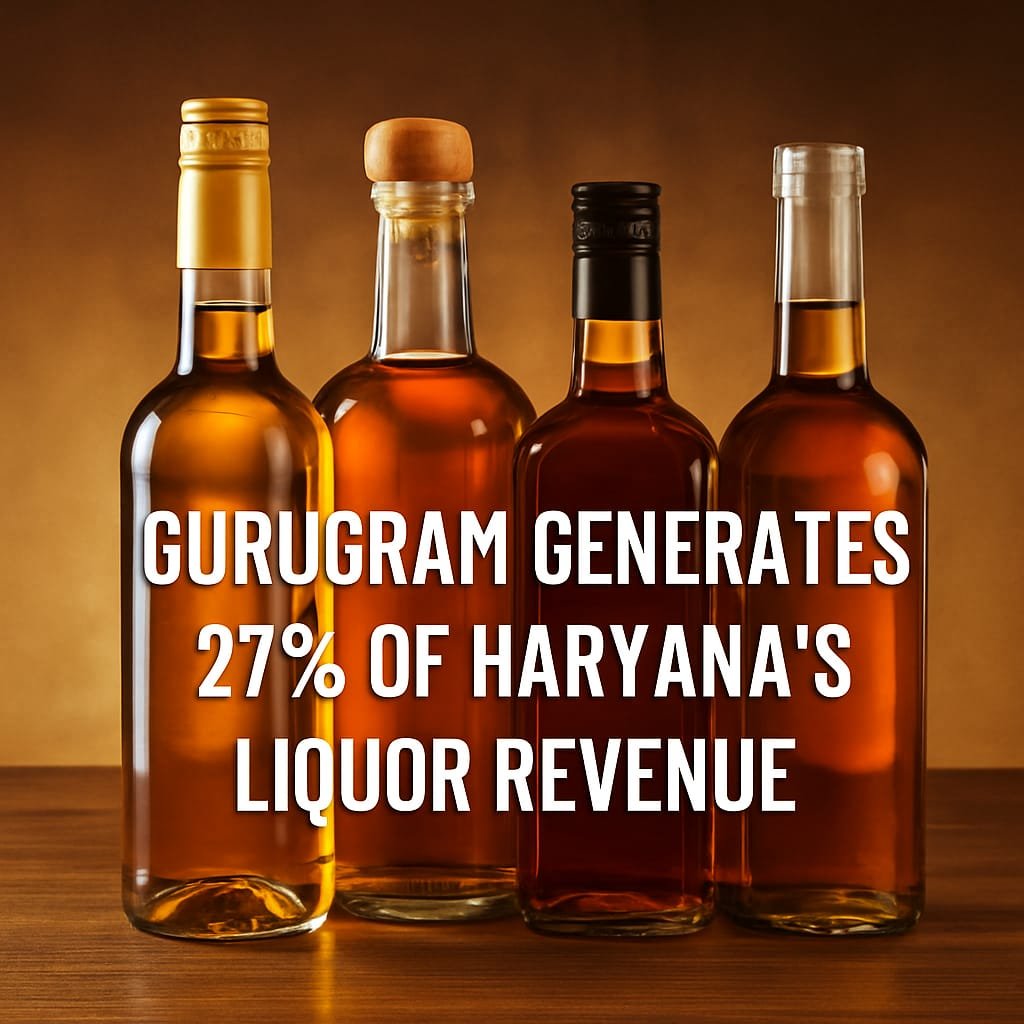
Gurugram has once again cemented its position as the economic powerhouse of Haryana, this time by dominating liquor revenue collections. According to official data released by the Excise and Taxation Department, Gurugram clocked a massive ₹3,875 crore in liquor revenue this fiscal year. This accounts for nearly 27 percent of the state’s total ₹13,442 crore haul.
This milestone marks more than just a local success. It reflects the highest-ever excise revenue collection in the state’s history, highlighting Gurugram’s expanding influence on Haryana’s economic framework. In comparison, other major districts contributed significantly less. Faridabad brought in ₹1,696 crore, Sonipat ₹1,066 crore, Rewari ₹654 crore, and Hisar ₹615 crore.
One of the primary reasons behind this revenue surge has been the aggressive push through a revamped excise policy. The state witnessed a sharp rise in liquor retail auctions, which played a key role in boosting collections. The policy changes also aligned with increased consumer demand and a post-pandemic economic rebound.
To facilitate this, the government successfully auctioned 1,194 excise zones and issued 2,388 retail liquor shop licenses across Haryana. As a result, both urban and rural districts saw notable gains. Among rural areas, Bhiwani reported the highest year-on-year growth at 23.5 percent. This was followed by Fatehabad and Hisar, each recording 21 percent growth. Kurukshetra showed 20.5 percent growth, while Panipat came in at 18 percent.
However, beneath the record-breaking revenue numbers, a wave of controversy is beginning to swell. Legal experts and civil society groups have started questioning the fairness and transparency of the liquor auction process, especially in top-performing districts like Gurugram.
Among the most vocal critics is Rajeev Yadav, a Supreme Court advocate and national president of the rights organization Adhikaar. He has alleged that several liquor zones were awarded at prices significantly lower than their reserve value. According to him, this was made possible through repeated and manipulated rebidding.
More specifically, Yadav claims that reserve prices were reduced by 3 percent each time a zone failed to attract a bid. He argues that this method violates Clause 2.16 of the state’s own excise policy, which sets guidelines for auction conduct. These successive reductions, he believes, opened doors for bidders to exploit the system by waiting for price drops.
In response to the criticism, the Excise Department has defended its process. Amit Bhatia, Deputy Excise and Taxation Officer for East Gurugram, clarified that lowering the reserve price is part of standard protocol when no bids are received. He stated that the department continues reducing the reserve price in such cases until a bidder comes forward, ensuring that no zones remain vacant.
While this explanation reflects a pragmatic approach to maintaining revenue targets, it has not fully addressed concerns about transparency and fairness. Critics argue that repeated price cuts could indicate a structural loophole, possibly favoring certain players in the bidding process.
This growing controversy highlights a larger challenge faced by state governments. On one hand, there is an urgent need to meet ambitious revenue targets. On the other, maintaining ethical governance and public trust is equally critical. Haryana’s excise success story has proven that a focused policy can bring in substantial funds. However, allegations of irregularities suggest the need for stronger oversight mechanisms.
As the government continues to pursue record-breaking collections in future fiscal years, greater scrutiny of its methods will be essential. Gurugram’s 27 percent share in the state’s liquor revenue may be a milestone worth noting, but the manner in which it was achieved must withstand legal, administrative, and ethical evaluation.


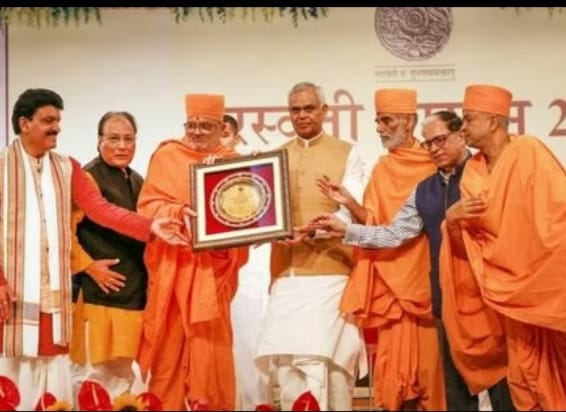
.jpeg)


.jpeg)


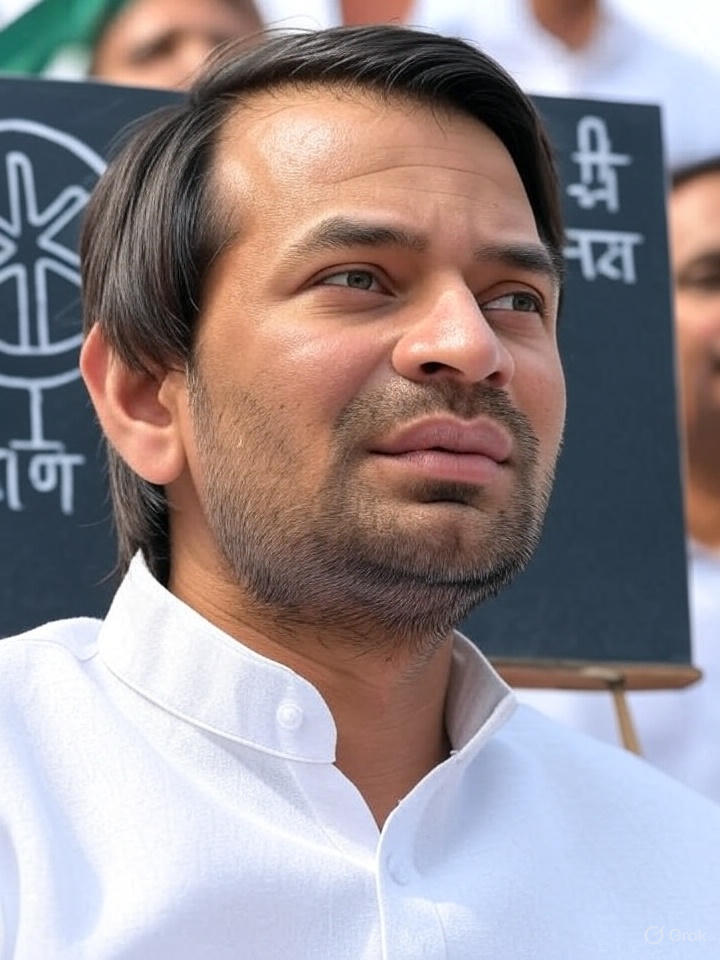

.jpeg)
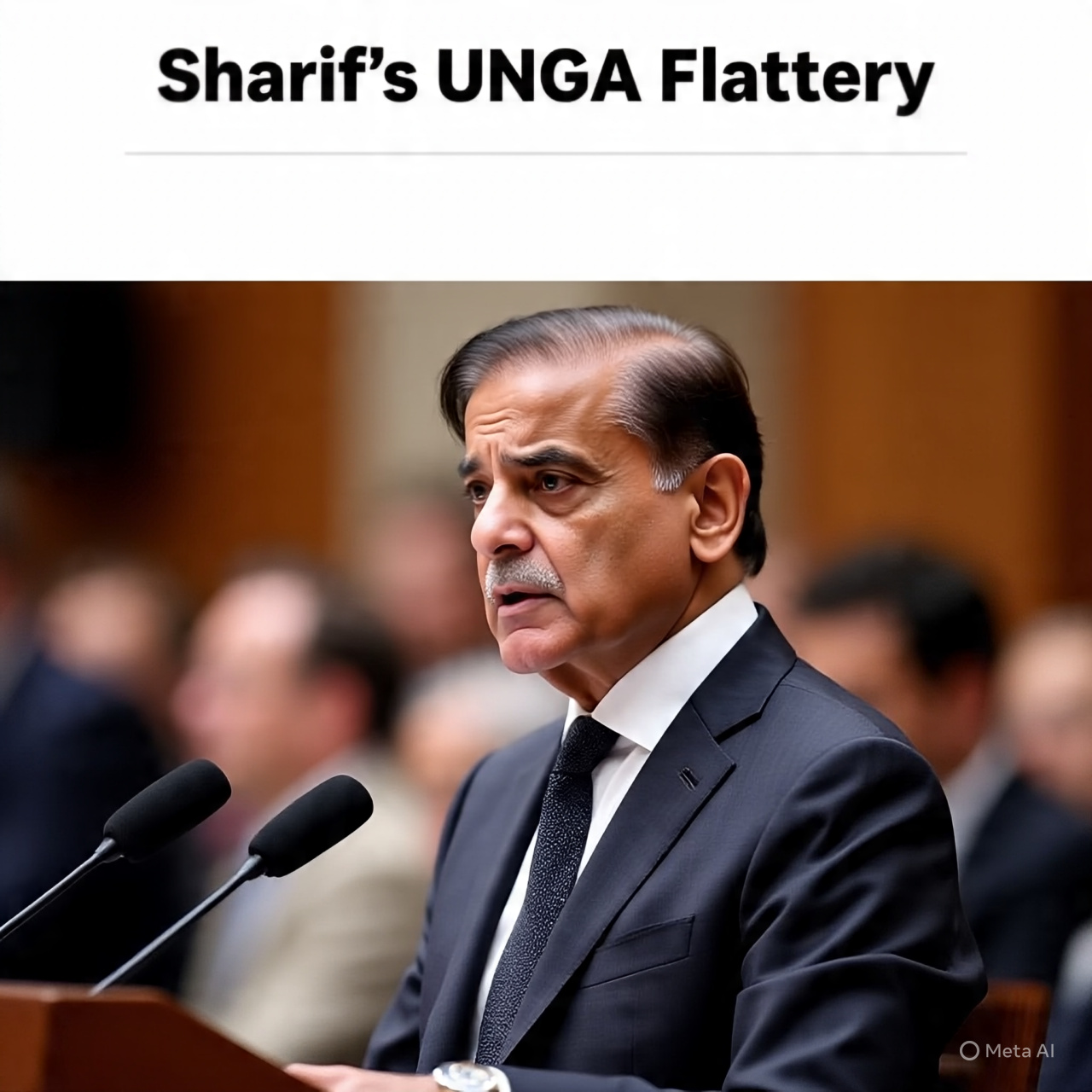
.jpeg)
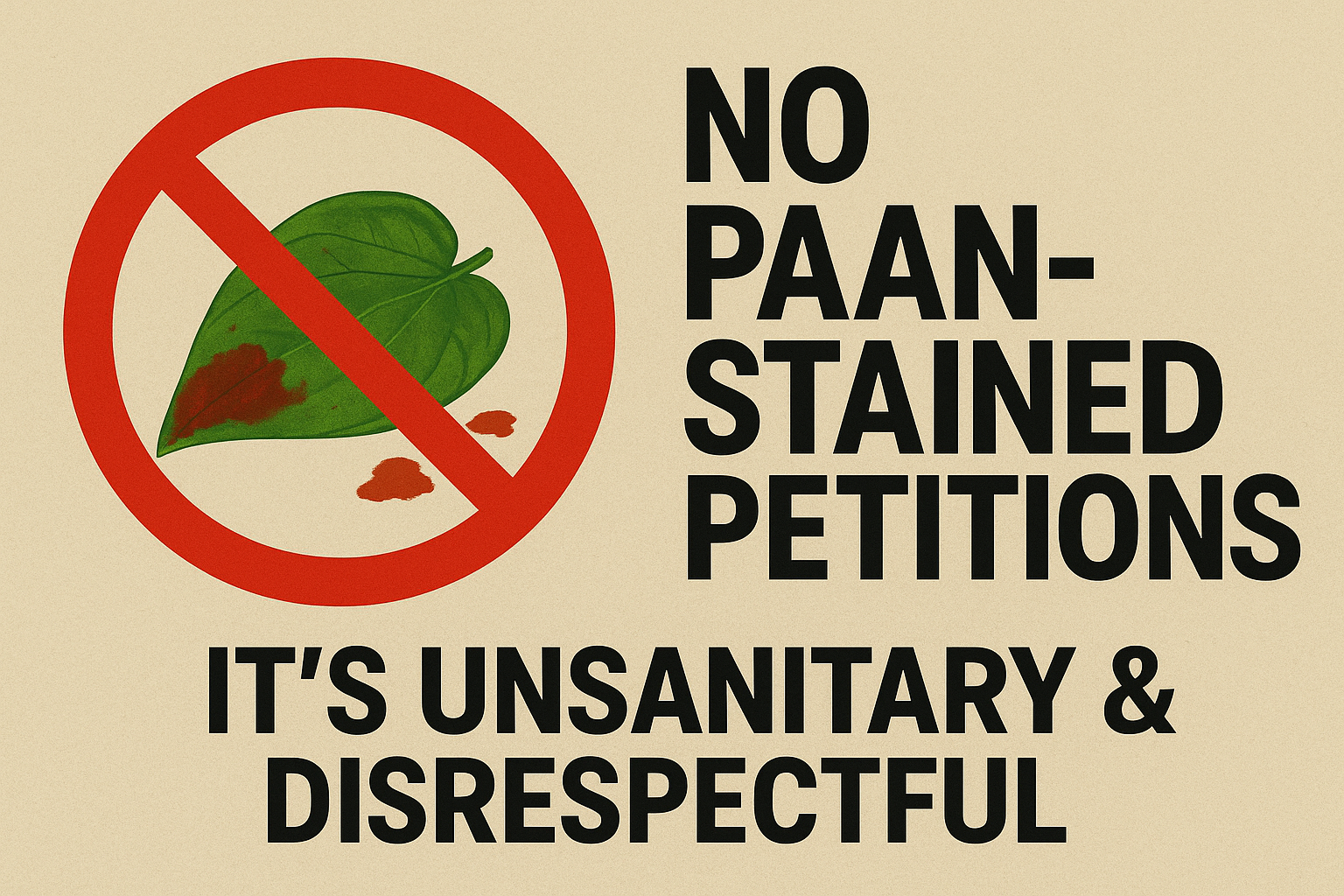
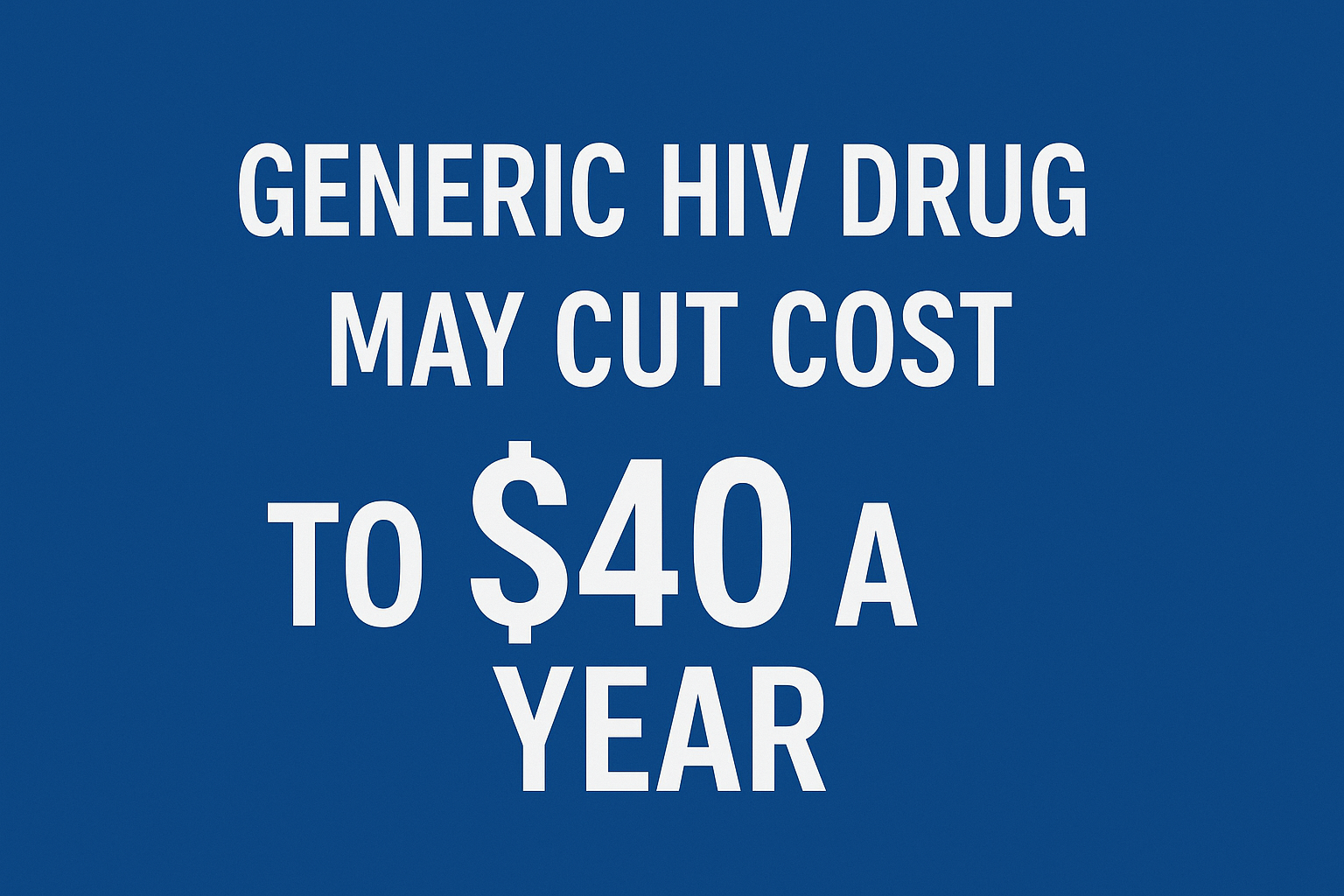
.jpeg)

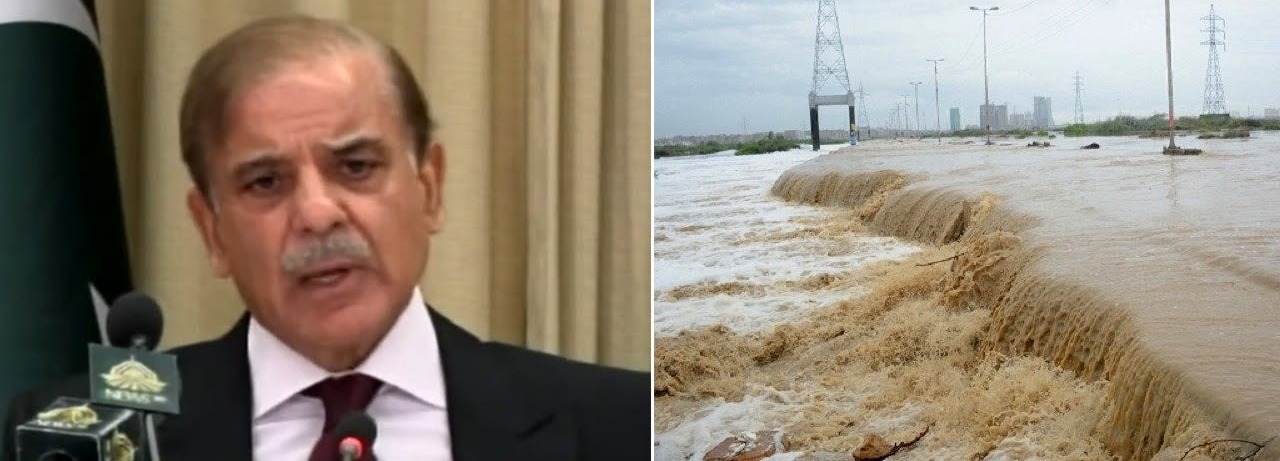
.jpeg)

.jpeg)